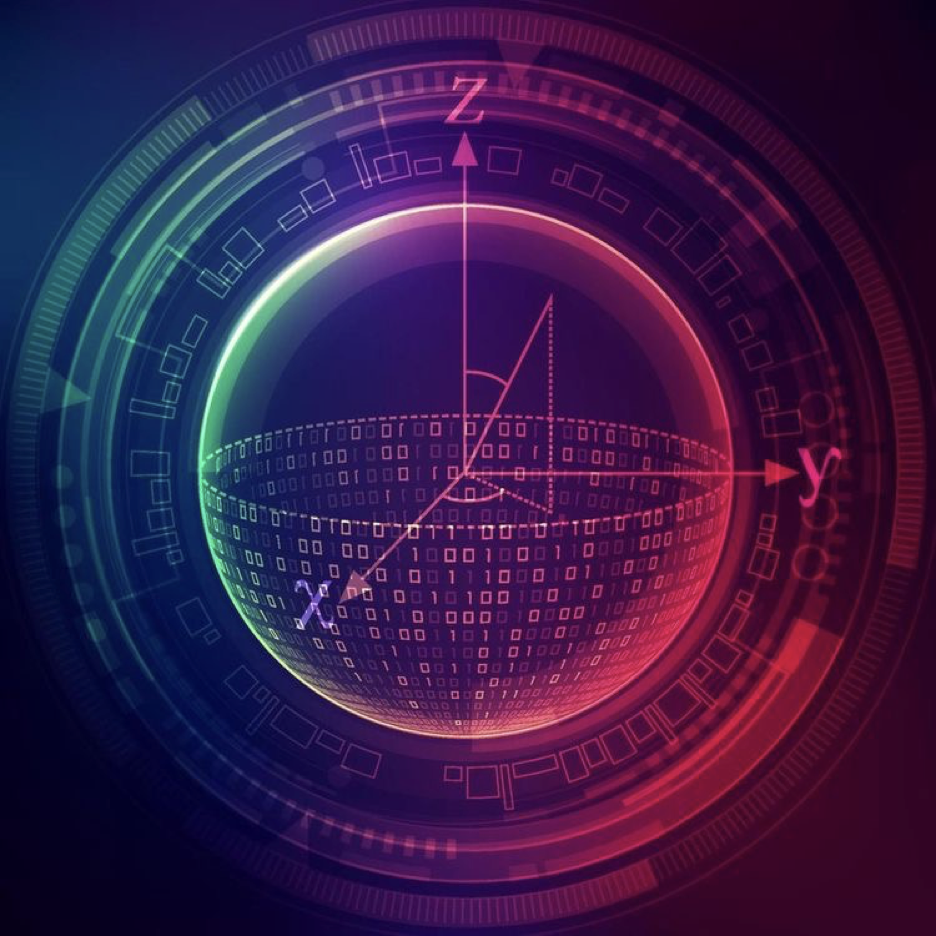In the dynamic sphere of scientific investigation, quantum computing has emerged as a groundbreaking domain ready to change the bounds of information processing. Traditional computing architectures rely on the binary foundation of bits, which embody unique states of 0 or 1 to execute operations. In sharp contrast, quantum computing masterfully employs the fundamental principles of quantum mechanics, employing quantum bits or qubits as its fundamental currency. This poised integration ushers in an era of enhanced computing prowess and simplified efficiency, offering access to previously unexplored regions of potential.
The concept of superposition is central to quantum computing. Qubits, unlike classical bits, can exist in several states at the same time due to superposition. This characteristic enables quantum computers to do sophisticated computations and solve issues that traditional computers would be unable to handle in a reasonable amount of time.

One of the most eagerly anticipated applications of quantum computing pertains to cryptography. Quantum computers hold the capability to break through numerous currently employed encryption techniques, which rely on the complexities of specific mathematical problems. A case in point is Shor’s algorithm, a quantum computation method that can exponentially expedite the factorisation of large numbers compared to the most advanced classical algorithm. This has generated a surge of interest in the exploration of quantum-resistant encryption methods, designed to bolster the security of sensitive data in the era that follows the advent of quantum computing.
Consider the possibility of quantum computers transforming the very essence of complex logistical puzzles. Their ability to identify optimal solutions despite complex issues has the potential to spark a dramatic transformation across industries that rely on resource allocation efficiency.
Another area where quantum computing shines is in the simulation of quantum systems. Beyond a certain size, quantum systems are inherently complicated and cannot be accurately simulated by classical computers. Quantum computers can more naturally replicate quantum interactions, leading to advances in understanding chemical reactions, material properties, and even basic concerns about the universe.
However, the promise of quantum computing is not without risk. Quantum computers are exceedingly fragile, requiring sophisticated error-correction methods to ensure computation fidelity. Noise from environmental interactions can cause errors in qubit operations, lowering the reliability of quantum computing.
Furthermore, creating and sustaining stable qubits is a difficult technical problem. To avoid interactions with their surroundings, qubits are typically kept at extremely low temperatures. To construct stable and scalable quantum processors, several physical implementations such as superconducting circuits, trapped ions, and topological qubits are being investigated.

Despite these obstacles, tremendous strides have been made in recent years. Quantum computing research and development is being heavily funded by IT titans, startups, and research institutions. Cloud services now provide access to quantum computers of a few dozen qubits, allowing researchers and developers to experiment with quantum algorithms and investigate new applications.
The tapestry of quantum computing’s potential applications unfurls, expansive and awe-inspiring. Yet, it’s essential to acknowledge the shadows that intertwine with this brilliance. Challenges persist, waiting to be surmounted—a reminder of the evolutionary journey that lies ahead. The symphony of progress, played out in the cadence of burgeoning hardware capabilities, innovative algorithms, and the art of error-correction techniques, orchestrates a crescendo that resonates with the immutable truth: the ascendance of quantum computing as an instrumental force, shaping not only the contours of technology but also the frontiers of science.”
Sources
- https://www.ibm.com/topics/quantum-computing#:~:text=Quantum%20computing%20is%20a%20rapidly,hundreds%20of%20thousands%20of%20developers.
- https://en.m.wikipedia.org/wiki/Quantum_computing
- https://aws.amazon.com/what-is/quantum-computing/
- https://www.newscientist.com/question/what-is-a-quantum-computer/
- https://www.newscientist.com/question/what-is-a-quantum-computer/
- https://www.nature.com/articles/d41586-023-01692-9




